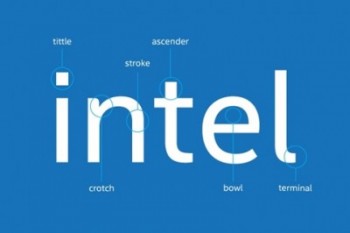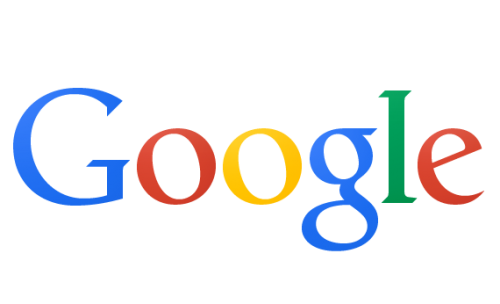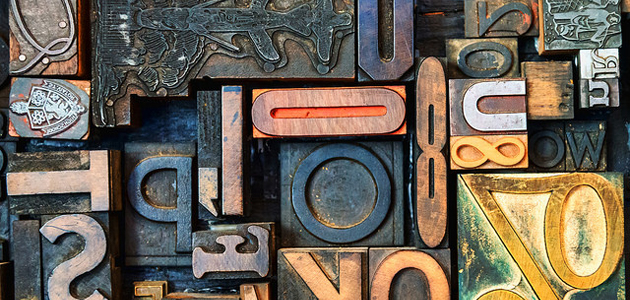The fonts you choose for both your logo and your content can say a lot about your brand. Because of this, big brands are extremely particular about their typography choices and smaller brands can learn a lot from studying their visual decision making. After looking at the corporate styling guides for many of the companies on Forbes’ list of the world’s most powerful brands, several trends became apparent.
For better or for worse, everyone still loves Helvetica
This should come as no surprise. The ubiquity of Helvetica in graphic design is well known and understandable; as a clean, simple and enduring typeface, it’s always a safe choice. Helvetica has a straight, even and machined look to it, an aesthetic that makes it neutral and adaptable for many different purposes. This is reflected by the type of influential companies that use it: Toyota, Target, BMW, General Motors and American Apparel. 
Tech giants go “humanist”
Many tech companies may have simple and sparse logos, but choose a less machined aesthetic for the bulk of their website text. These typefaces may appear similar to Helvetica at first glance, but they incorporate greater variability in their angles, shapes and line widths. Among the most popular of these type families is Myriad, which is used in varying capacities by Apple, Walmart, LinkedIn and Mashable. Other popular humanist typefaces include Segoe, used by Microsoft, Open Sans (Google) and Lucida Grande (Facebook).

Luxury brands and banks choose serifs
Luxury brands, who rely mostly on selling physical goods like handbags and cars, rely on serif fonts more frequently than web-based brands. This is in part because serifs appear elegant and more easily readable in printed form, while sans serif fonts are better for reading on computer screens. Serifs also evoke the history of typography. Luxury brands use this to demonstrate their pedigree, and some banks incorporate serifs to prove their longevity and trustworthiness to consumers.
Consider investing in a custom typeface


It’s okay to be different
Despite the proliferation of sans-serif type, a few standout brands show you don’t have to follow the trend to be successful. Take Google’s logo for example, which uses Catull and is perhaps the only major web-based company to use an old style serif typeface in its primary branding. 







